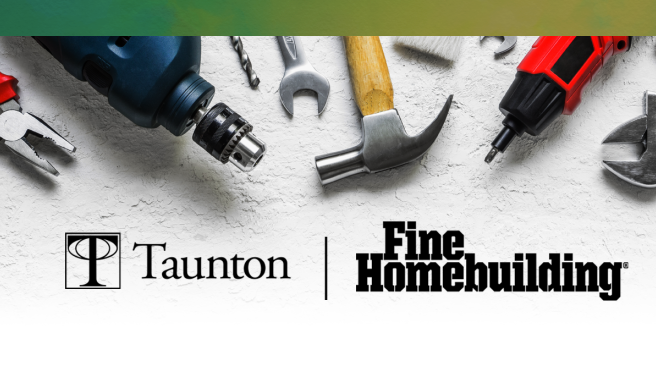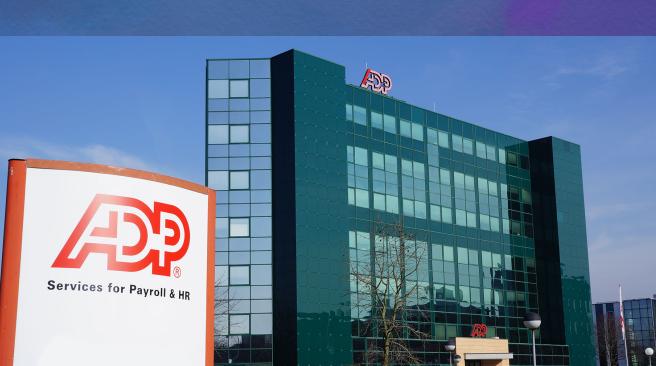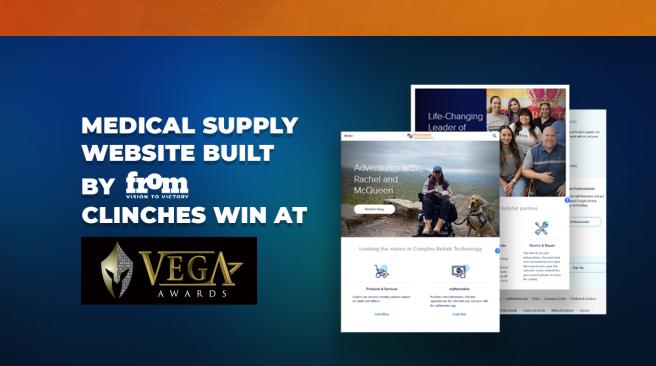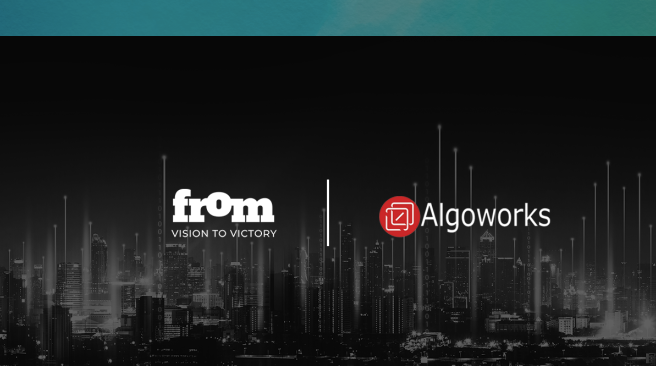Insights | By Howard Tiersky
Three Frames for Motivating Innovation
You want to innovate, to drive change in your organization. New products, new processes, new markets, new technologies, new ways of working together.
People in any organization have a tendency to resist change. This is for many reasons including fear of the unknown, fear about how it might impact their role or their empire, or their job security, and the natural tendency that people get comfortable with and attached to the way things are.
More often than not, change requires buy-in from others in your organization, and you will need to be able to communicate a strong reason to change. It's important to identify the outcome you are seeking, of course. Let's say you want to improve customer satisfaction. Great! In order for people to really be ready to change, they have to see that outcome as important. Ideally, as essential. If we want people to focus on getting from Point A to Point B, we need to help them understand why that change is so important that it overcomes their natural resistance. Just improving the share price or reducing turnover might not be enough to get someone to be willing to embrace what they may perceive as the personal pain of change.
The question is, "Why is making this change absolutely essential?" Of course, there are an unlimited number of reasons, but in our experience they fall into three primary strategies. The individual details are going to vary situationally, but these are the three basic strategies for igniting that burning platform for change.
If you've driven change before or been part of an organization going through change, most likely the change was communicated using one of these three frames. We present them here to make you aware of these three diverse approaches and to give you the opportunity before you communicate your next change to step back and decide deliberately which frame you will choose because each one had its own power and its own drawbacks. Let's introduce the three frames, and then we'll explain them. The three frames are number one, we suck. Number two, constant improvement. Number three, environmental change. Let's review these.
The "We Suck" Frame
Let's start with we suck. That's a fun one. A company is at the bottom of its industry in sales or share price or both. Customer satisfaction scores are through the floor. The new product which will change the game in the marketplace is three years late. Who am I talking about? Doesn't matter. When things are bleak, sometimes it seems necessary to just tell the truth and admit that the results you're getting are bad, unacceptable, and must change. Holding up an honest mirror and pointing out the reality of the situation can create a strong motivation for some kind of change. As I said, everyone wants to get out of a situation where they're failing. It's highly motivating to get away from suckiness. It doesn't have to be the entire company that's going down the tubes like in my example. It might just be one capability, one product, one process, one geography.
If the facts are on your side, using the frame that, "We have to improve customer satisfaction because right now our customers hate us," will probably get people's attention. Often, the pain of failure is enough to overcome resistance to change. The problem with the we suck approach, however, is not hard to guess. It can be highly demotivating, even depressing. It can drive people away from your company. It can be hard to get excited about change when building on a belief that we suck. If we suck so much, how will we be able to improve? How will we make this change successful?
In order for the we suck frame not to backfire, you have to combine it with a strong hope of victory. The team needs to have faith that they can correct the situation. A few tactics. First, highlight the problem in a measurable way and set clear goals. "Our satisfaction scores are at a 6 and they should be at least an 8." That gives people a clear sense of where the line of victory is. Second, if things used to be better and then they got worse, be sure to highlight that. It creates hope that the organization is capable of better.
A third tactic, highlight the areas the organization is doing well as part of the message. If we're doing great in four out of five areas, but we suck in the fifth area, be sure to make that point. Not just to be positive, to give sugar with the medicine, but to put the problem in context. "We're a high-quality organization. We excel in many areas, but in this one respect, we aren't operating at our own standard." The key is to show the gap, but also to create confidence that it can be solved.
A fourth tactic, highlight recent changes in circumstance that can also increase confidence. Especially if the problem has existed for a long time. It's easy for people to feel it's unsolvable, so make sure part of the message conveys what is change that makes it solvable now? Whether it's new leadership, a new technology, increased budget, or something else.
The "Constant Improvement" Frame
The second frame is constant improvement, an alternative to the we suck frame. This frame emphasizes the need to constantly strive to be better as a value in and of itself. It says, "We're already at X level, but we can do more. We can drive even more value for our customers. We can lower our costs even more." This is, of course, a much more positive message than the we suck frame. It doesn't really on any admission that the current state is any form of failure. However, in order to be motivating, it relies on a certain alignment with the values of your audience.
In some corporate cultures, the value of constant improvement is embodied into the psyche. Places like Apple and Amazon hire people who love to constantly improve, but if your organization does not have this value in its DNA, it's tough to create it overnight. The downside of the constant improvement frame, therefore, is that it might not be sufficiently powerful in many cultures. People might think, "Yeah, it's nice to improve, but I kind of like my organization the way it is now." If the change is not seen as a must, just a nice to have, and if it requires some pain or a scary change, people might not be sufficiently motivated. They'll tend to embrace small-scale change that doesn't upset the apple cart, but may still have significant resistance to significant change.
The "Enviromental Change" Frame
The third and last frame is environmental change. This is my personal favorite frame. The environmental frame says, "Something major in our business environment has changed and we must respond and change in order to survive or thrive. Our customers have all gone mobile. Competitive pricing has dropped our price in half. The population is aging. The Asian market is opening up." What's great about this frame is that it excuses the past. We can say, "Hey, what we did in the past was great for the circumstances that existed then, but now we need to change to what will work now and in the future." In this frame, we don't suck, we're just becoming a bit out-of-date and need to adjust to the external change, but the changes are truly a must. Not just to meet the standard of constant improvement as in frame two, but in order to survive. This sort of example is, of course, where the phrase "burning platform" comes from. Your house is all of a sudden on fire. The environment has changed. You have to move.
As I mentioned, I like this third one the best since it can be a positive message and still have urgency, but it may at first appear that this really only relevant in certain circumstances. Those where there really has obviously been a significant environmental change, but you can really leverage this frame or, in fact, any of these frames in almost any situation. The key to using this frame is to do one or both of two things. Either find an environmental change that you can focus on to justify the change, and usually there is almost always some form of environmental change or forecasted change that you can use to create change based on an environmental frame, or create an environmental change.
For example, a new boss coming in can be an environmental change. The new boss has new expectations. We as a department need to deliver in a different way than we have before. There are many other ways to create environmental change. A new brand promise, a new performance management protocol, even a new goal or initiative that the company has that must be met.
Here at FROM, we work with clients all the time to make change successful and part of the work we do is about developing the frame for and communication about the change. I can assure you that there are lots of ways to apply creativity, to utilize the best frame in just about any circumstance with all your digital innovation, for change, for innovation.














